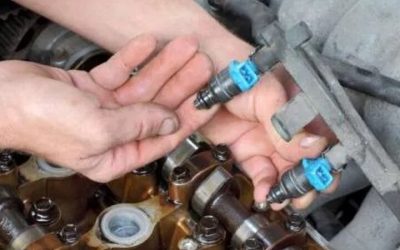Think of a clutch in a manual transmission; when the driver depresses the clutch pedal the engine and transmission are no longer engaged, hence the vehicle can idle at rest. When the clutch pedal is released, the engine and transmission are engaged and the power can be transmitted to the vehicle drive wheels. A torque converter performs the same function in a vehicle that has an automatic transmission.
A torque convertor is actually a simple device, one half, known as the impeller is connected to the engine. The other half, known as the turbine is connected to the input shaft of the transmission. If the transmission is in park or neural there is no relative movement, if the transmission is in any other position the vehicle will move.
The components in a torque converter:
A torque converter uses transmission fluid to basically “couple” the impeller to the turbine. A torque converter consists of three major components:
*Pump
*Turbine, and
*Stator
These three elements work together to drive the vehicle. The pump, also known as the impeller is driven by the engine and the turbine drives the transmission, between the two is the stator which controls the flow of oil.
The torque converter has two important functions; number one of course is to allow the car to come to rest without stalling the engine, the other function is to increase the torque as the car moves from rest.
If, in operation, the torque converter is overloaded there are several things that can go wrong, some of them can cause enough damage to render the converter useless. Although the torque converter may fail, it is one of the main mechanical components of an automobile that can be rebuilt and reused. A torque converter parts supplier provides everything that is required including bearings, cutch packs, dampers, etc.


